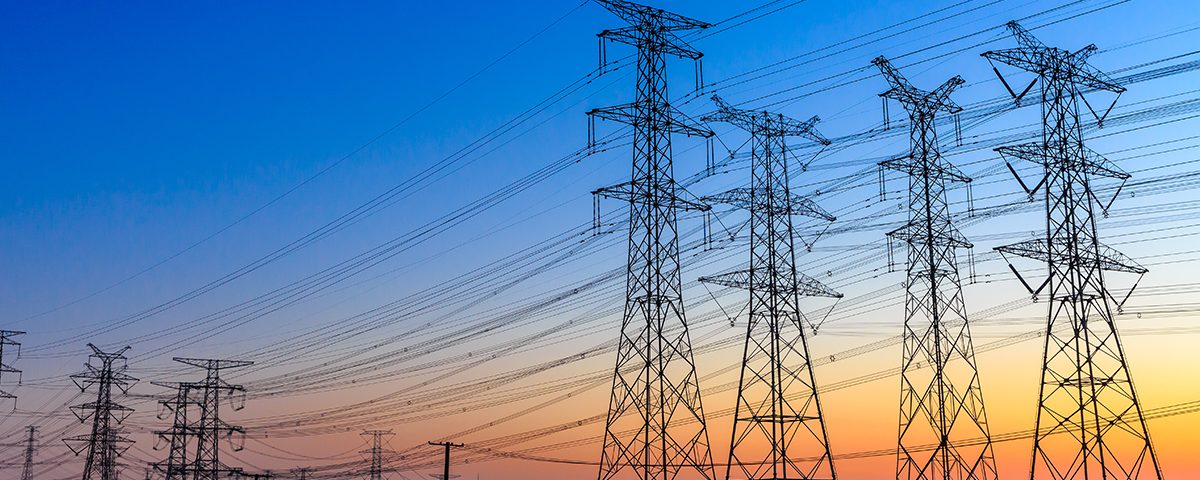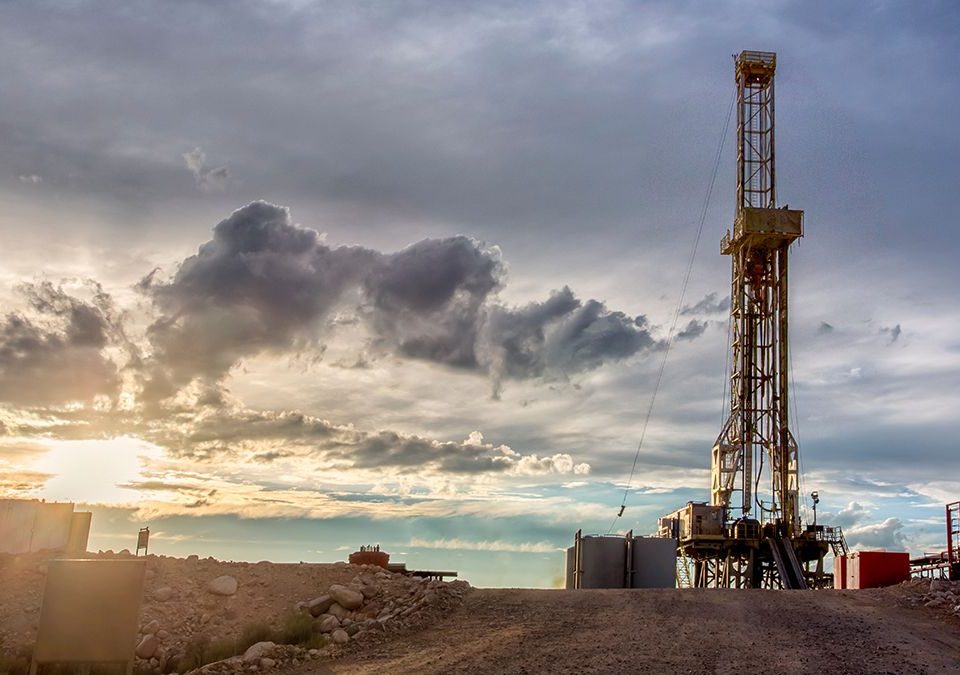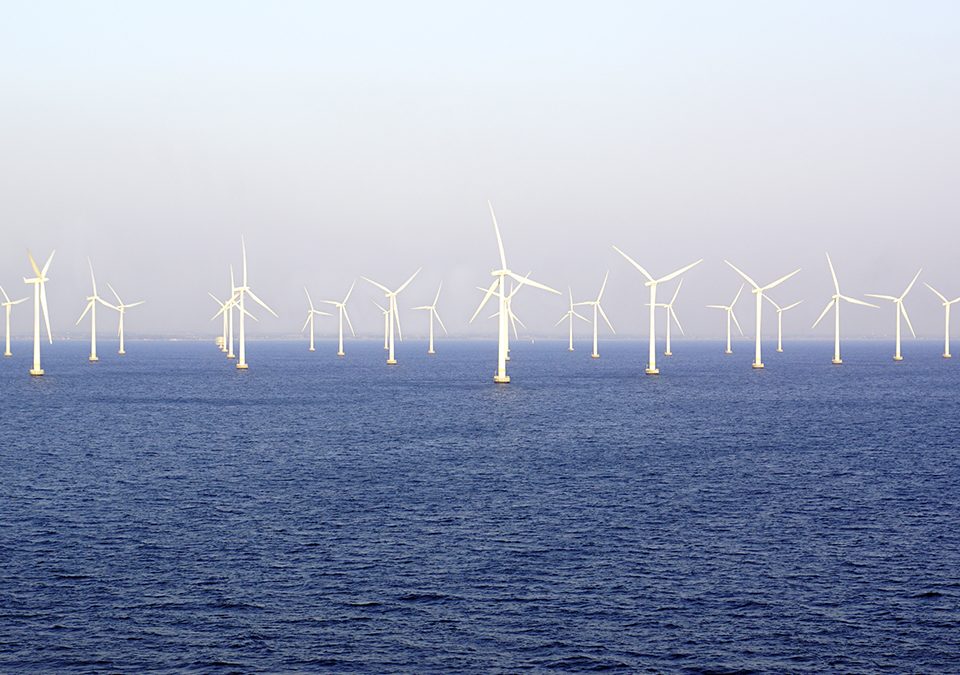The Twin Challenges of Increased Electrification

Winter is Coming. Get Out Your Wallet
October 26, 2021
The American Coal Council published Energy Fairness Executive Director Paul Griffin’s article on the Twin Challenges of Electrification in their most recent edition of American Coal magazine. The original piece can be viewed here.
Politically speaking, California and Texas couldn’t be more different. Republicans control all levers of power at the executive and legislative levels in Texas, as do Democrats in California. Yet, these states on polar opposites of the political spectrum were bound together by experience through two catastrophic “blackouts” occurring less than six months apart during different seasons but plunging many into darkness.
For different reasons, in the summer of 2020 and February 2021, a historic heatwave in California and a brutal cold snap in Texas turned the lights off for millions. But it wasn’t just the lights that turned off; broadband routers went down, electric vehicle chargers wouldn’t charge, and millions of Californians and Texans suffered through life-threatening hot and cold temperatures as electric heat pumps and air conditioning units faded to black.
The electric reliability issues that plagued our two most populous states are harbingers of a much larger reliability equation the U.S. as a whole must solve in the coming decade, if not sooner. So, what’s the equation, and what’s the solution?
How does Thomas Edison’s grid evolve into Elon Musk’s grid without affecting the reliability we’ve come to expect and need? And, how do we do it with an increased dependence on intermittent renewable resources of electricity like wind and solar coupled with the exponential increase in electric vehicles anticipated, not to mention the push to electrify every aspect of our homes and commercial buildings?
A ‘Double Whammy’ Hits the Land of Lincoln
Southeast of St. Louis in the heartland of Illinois sits the Prairie State Energy Campus – one of the most modern and environmentally controlled coal power stations in the country. Prairie State is among the most efficient plants in the country and runs year-round as a low-cost energy provider to the region. Unfortunately, this status hasn’t taken it out of the crosshairs of the Illinois legislature and the state’s governor. Both would like to see it and all the other coal plants in the state closed by 2035.
The problem? Like many ideas germinated in politics, what might seem reasonable on paper is much harder to implement in reality. Two regional operators manage the electric grid in Illinois. Chicago and the state’s northern tier are in the PJM grid, and the rest of the state is in the MISO grid – including Prairie State. Closing reliable coal plants like Prairie State, which can generate up to 1,600 megawatts of energy on demand, could leave the grid highly vulnerable and less resilient.
Nuclear facilities in Illinois provide 58 percent of the state’s power, and five of the six facilities reside in the PJM footprint. Governor J. B. Pritzker’s proposal includes $700 million in subsidies to keep these carbon-free facilities online, but nothing for the rest of the state to meet his stringent plant closure deadlines.
So it is a “double whammy” for consumers in Illinois and the MISO footprint. Prairie State would be closed without any corresponding price supports for the imported energy needed to replace an affordable, reliable source of electricity.
Not California Dreamin’
In discussing the Pritzker proposal, Prairie Power CEO Eric Hobbie said, “we cannot let policy get ahead of technology” by limiting our generation options and then having our neighbors say, “we don’t have any extra [power] today” when there is a need to buy power to meet demand. He didn’t want MISO consumers to suffer through the same fate as millions of Californians did last August when years of policy moves ahead of technology development finally forced rolling blackouts. Why? It was partially due to the unavailability of electricity imports on which the state relies. There was a regional heatwave, and other states needed their own generation.
Back in 2006, a similar heatwave scorched its way through the West, but the Golden State had much more power-generating capacity.
What happened over the last 15 years?
Power providers in California have invested heavily in solar energy to meet the state’s clean energy goals. Solar panels create so much electricity during the day that power providers are often paid to curtail production to keep from overloading the grid. However, the opposite problem occurs at dusk. Solar power isn’t producing enough to cover peak demand (3:00 p.m. – 10:00 p.m.), leading to shortages.
What about battery storage? It’s still in its infancy and hasn’t been widely adopted. Coupled with California’s mothballing of numerous natural gas and nuclear power plants in recent years, the state has fallen into a “quicksand” of reliability issues.
Last year’s series of blackouts shouldn’t have come as a surprise. Regulators all but asked for them. Last year, the California ISO warned the California Public Utilities Commission that the state could face power shortages as soon as this summer. Sadly, that milestone came a year early.
Texas, Learning from California’s Mistakes
To many, it wasn’t a surprise that the Texas grid succumbed to a blackout. What was surprising is that this catastrophic failure happened in February and not during the scorching summer months.
Two years ago, the state’s then-PUC chairman called the reserve margin– the measure of how much surplus power the grid can count on in extreme conditions in the state – “very scary.”
Ultimately, the extreme conditions of Winter Storm Uri brought the Texas grid to its knees, leaving regulators and state legislators looking for answers.
The short-term effects of Winter Storm Uri were catastrophic, but they forced hard conversations on electric reliability questions facing a state with an influx of electric vehicles and the increased adoption of electric heat – on top of obvious reliability concerns.
The state has responded. The Electric Reliability Council of Texas (ERCOT) released a 60-point plan delineating how it will bolster reliability. ERCOT’s actions come on the heels of a new law (SB 3) mandating electric utilities weatherize critical facilities.
With Texas ranking third and accounting for 5 percent of the nation’s electric vehicles and with 60 percent of the state’s residents having some form of electric heat, these are overdue but sorely needed changes to enhance electric reliability.
An Outdated Grid
The failure to winterize critical electric generating facilities ultimately brought Texas to its knees in February, not the lack of adequate electric transmission. Yet, the rest of the country still has a grid more suited for the 20th century than the energy demands of the 21st century.
In a recent piece on America’s crumbling infrastructure, the Washington Post lamented that “The nation’s already strained power grid is either at a turning point or poised to dash all those clean-power visions as it crumbles under the new stresses being placed on it.”
Congress and the President are poised to enact a sweeping infrastructure bill this year. It will invariably include billions of dollars to build out the grid. But Congress and the administration have done virtually nothing to streamline the regulatory burden to expedite projects that would help relieve the stress on the grid.
Take the Gateway West line, for example. In May 2007, Warren Buffett’s PacifiCorp started the federal permit process to build its 1,000-
mile Gateway West high-voltage transmission power line from Glenrock, Wyoming, to Murphy, Idaho.
Fast-forward 11 years to 2018, and Gateway West – a critical infrastructure upgrade for integrating new energy developments in the West – had finally received the final permits required by the National Environmental Policy Act (NEPA).
Forty years of stacking regulation upon regulation and guidance upon guidance has created a bureaucratic leviathan.
The Solution
The failure to streamline increasingly complex and burdensome permitting requirements, including NEPA, illustrates the disconnect between policy and technology when it comes to enhancing the grid’s resilience. Some of the technology is there to build out infrastructure. Still, a half-century of pancake upon pancake of regulation has maddeningly delayed even the most non-controversial project like Gateway West.
In policy-makers’ singular zeal to meet carbon emissions targets, policy has been put ahead of everything else, including technology. As a result, the most modern, reliable and highly controlled units like Prairie State could be forced to close without a reliable replacement to meet electricity demand, including the incremental demand from an influx of electric vehicles, the adoption of electric heat and other electrification.
Given these twin challenges of increased electrification, reliability and infrastructure, what’s the solution? As the Texas, California and even the most recent blackouts in the Pacific Northwest illustrated, an enhanced emphasis on electric reliability must be paramount. Legislative and regulatory pushes favoring intermittent renewables like wind and solar must be embedded within a reliability framework.
Neil Armstrong once said: “Clearly the ready availability of electric power we use in our homes and businesses exemplifies how engineering changed the world during the 20th century.” Given the increased electrification of the world in the 21st century, electric reliability must be on a pedestal superior to all other competing policy goals. Infrastructure must be pragmatically addressed in that context, including retaining assets that support grid reliability and resilience. That is the only way to solve the twin challenges of increased electrification.



